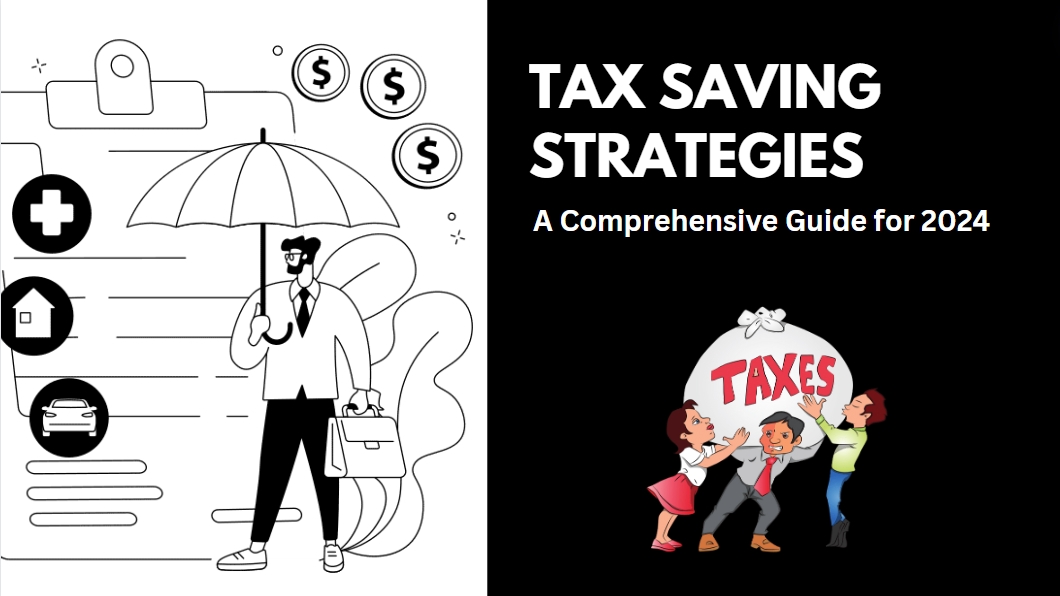As we navigate the complex financial landscape, one thing remains certain: taxes are an inevitable part of our lives. However, with strategic planning and informed decisions, you can minimize your tax burden and keep more of your hard-earned money. In this article, we’ll explore effective tax saving strategies that cater to a wide range of individuals, from young professionals to retirees.
1. Understand Your Tax Bracket
Before diving into specific strategies, let’s start with the basics. Familiarize yourself with your tax bracket. Knowing which bracket you fall into will guide your decisions on deductions, investments, and other financial moves. The tax brackets may change each year, so stay updated with the latest rates.
2. Maximize Retirement Contributions
Contributing to retirement accounts is not only a smart financial move but also a powerful tax saving strategy. Here are some options:
- 401(k) and 403(b): Contribute the maximum allowed amount (currently $19,500 for those under 50) to your employer-sponsored retirement plan. These contributions reduce your taxable income.
- Traditional IRA: Contribute up to $6,000 (or $7,000 if you’re 50 or older) to an Individual Retirement Account (IRA). The contributions may be tax-deductible, and your earnings grow tax-deferred until withdrawal.
- Roth IRA: Although contributions are not tax-deductible, qualified withdrawals are tax-free. Consider a Roth IRA if you expect your tax rate to be higher in retirement.
3. Leverage Health Savings Accounts (HSAs)
HSAs offer a triple tax advantage:
- Contributions are tax-deductible.
- Earnings grow tax-free.
- Qualified medical expenses can be withdrawn tax-free.
- Maximize your HSA contributions to save on both current and future taxes.
4. Itemize Deductions
While the standard deduction simplifies tax filing, itemizing deductions can lead to significant savings. Common deductible expenses include:
- Mortgage interest
- State and local taxes
- Charitable donations
- Medical expenses (above a certain threshold)

5. Explore Tax Credits
Tax credits directly reduce your tax liability. Some valuable credits include:
- Earned Income Tax Credit (EITC): Designed for low to moderate-income individuals and families.
- Child Tax Credit: Provides relief for parents with qualifying children.
- Education Credits: For higher education expenses.
6. Invest Tax-Efficiently
- Tax-Advantaged Accounts: Invest in tax-efficient accounts like municipal bonds or index funds. These generate lower taxable income.
- Long-Term Capital Gains: Hold investments for more than one year to qualify for favorable capital gains tax rates.
7. Consider Charitable Giving
Donating to qualified charities not only benefits others but also provides tax advantages. You can deduct charitable contributions from your taxable income.
8. Plan for Required Minimum Distributions (RMDs)
As of April 5, 2024, individuals who are 72 years old or older (or those who turned 70½ before January 1, 2025) must take Required Minimum Distributions (RMDs) from their traditional retirement accounts. It is crucial to plan ahead and strategize to minimize the impact of RMDs on your tax bill. By doing so, you can effectively manage your retirement savings and ensure a secure financial future.
Conclusion
In the ever-evolving tax landscape, staying informed and proactive is key. Implement these tax-saving strategies to secure your financial future. Remember, consult a tax professional to tailor these strategies to your unique situation. As Benjamin Franklin wisely said, “In this world, nothing can be said to be certain, except death and taxes.” Let’s focus on optimizing the latter!
Disclaimer: This article provides general information and should not be considered professional advice. Always consult a tax professional for personalized guidance.
You can also read our recent blog about: 7 Proven Strategies for a Secure Retirement: Start Saving Now!

